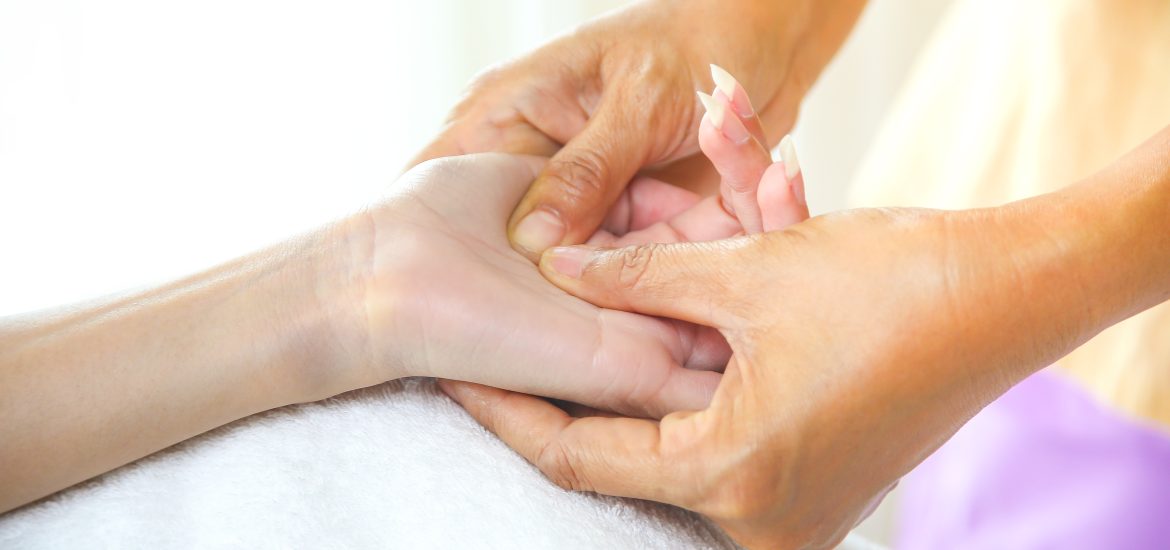High blood pressure, or hypertension, is a prevalent health concern that affects millions of individuals worldwide. Conventional treatments for hypertension often include medications and lifestyle modifications. However, an increasing number of people are seeking alternative therapies to complement their existing treatment plans. One such holistic medicine technique is acupressure, a natural approach that has been proven effective in managing high blood pressure. In this comprehensive guide, we will explore the benefits of acupressure for high blood pressure, the key pressure points, and how to perform acupressure safely and effectively.
What is Acupressure?
Origins and Principles
How Does Acupressure Work?
Acupressure and High Blood Pressure
How Acupressure Benefits Hypertension
Scientific Evidence
Key Acupressure Points for High Blood Pressure
Liver 3 (LV3)
Large Intestine 4 (LI4)
Gallbladder 20 (GB20)
Pericardium 6 (PC6)
Governing Vessel 20 (GV20)
Large Intestine 11 (LI11)
How to Perform Acupressure
Preparing for Acupressure
Applying Pressure and Techniques
Duration and Frequency
Precautions and Safety Measures
Combining Acupressure with Lifestyle Changes
Conclusion
What is Acupressure?
Origins and Principles
Acupressure is a holistic medicine practice that has its roots in Traditional Chinese Medicine (TCM). TCM is based on the belief that the body’s vital energy, or qi, flows through a series of interconnected pathways called meridians. These meridians connect various organs and systems within the body, facilitating communication and balance.
Acupressure involves applying pressure to specific points along these meridians, known as acupressure points, to stimulate the flow of qi and promote overall health and well-being. The technique is closely related to acupuncture, another TCM practice that involves inserting thin needles into acupoints. However, unlike acupuncture, acupressure is non-invasive and can be easily performed at home.
How Does Acupressure Work?
In acupressure, practitioners use their fingers, thumbs, elbows, or specialized tools to apply pressure to acupoints. By stimulating these points, acupressure aims to release muscle tension, improve blood circulation, and alleviate various symptoms, such as pain and discomfort.
According to TCM, an imbalance or blockage in the flow of qi along the meridians can lead to illness. By targeting specific acupoints, acupressure can help restore balance and improve the functioning of the affected organs or systems.
Acupressure and High Blood Pressure
How Acupressure Benefits Hypertension
High blood pressure, or hypertension, is a chronic condition characterized by consistently elevated blood pressure levels (≥ 140/90 mm Hg). Hypertension can result from a variety of factors, including genetic predisposition, unhealthy lifestyle choices, and underlying medical conditions.
Acupressure can be a valuable addition to a hypertension treatment plan, as it offers a natural, non-pharmacological approach to managing blood pressure. By targeting specific acupoints related to the heart and kidneys, acupressure can help improve blood vessel function, enhance circulation, and regulate heart rate. Consequently, acupressure may help reduce blood pressure and decrease the risk of complications, such as heart disease and stroke.
Scientific Evidence
Numerous studies have investigated the potential benefits of acupressure for high blood pressure. A meta-analysis published in the Journal of Alternative and Complementary Medicine found that acupressure significantly reduced systolic and diastolic blood pressure in individuals with hypertension. Another study published in the Journal of Clinical Nursing reported that acupressure effectively lowered blood pressure in elderly patients with hypertension, with effects lasting up to two weeks after treatment.
While more research is needed to fully understand the mechanisms behind acupressure’s blood pressure-lowering effects, these findings suggest that acupressure can be a valuable adjunct therapy for individuals with high blood pressure.
Key Acupressure Points for High Blood Pressure
To help manage high blood pressure, acupressure focuses on stimulating specific acupoints associated with the heart, kidneys, and blood vessels. Below are six key acupressure points for hypertension.
Liver 3 (LV3)
Located on the foot, between the big toe and the second toe, the Liver 3 (LV3) acupoint is also known as Taichong or Great Surge. Applying pressure to this point can help lower blood pressure and provide relief from other symptoms, such as anxiety and menstrual pain.
Large Intestine 4 (LI4)
The Large Intestine 4 (LI4) acupoint, also called Hegu or Union Valley, is found in the webbing between the thumb and index finger. Applying pressure to this point can help lower blood pressure, ease chronic pain, and provide relief from toothaches, sinus issues, and skin problems. However, pregnant women should avoid stimulating this point, as it can induce labor prematurely.
Gallbladder 20 (GB20)
Gallbladder 20 (GB20), also known as Fengchi or Wind Pool, is situated at the base of the skull, on both sides of the neck. Applying pressure to this point can help lower blood pressure, alleviate headaches, and reduce neck and shoulder tension.
Pericardium 6 (PC6)
The Pericardium 6 (PC6) acupoint, or Neiguan, can be found on the inner side of the wrist. To locate this point, place three fingers across your wrist, starting at the wrist crease, and place your thumb just below your three fingers. Applying pressure to PC6 can help lower blood pressure, relieve nausea, and improve sleep quality.
Governing Vessel 20 (GV20)
Governing Vessel 20 (GV20), also known as Baihui or Hundred Convergences, is located at the top of the head, in line with the tips of the ears. Massaging or pressing this point can help lower blood pressure levels, improve mental focus, and alleviate headaches.
Large Intestine 11 (LI11)
Large Intestine 11 (LI11), or Quchi, is an acupoint located on the outer side of the elbow. Applying pressure to LI11 can help lower blood pressure, alleviate skin issues, and improve joint mobility.
How to Perform Acupressure
Preparing for Acupressure
Before performing acupressure, it is essential to create a calm and relaxing environment. Find a quiet, comfortable space where you can sit or lie down. Wear loose-fitting clothing and ensure that you are well-hydrated.
Applying Pressure and Techniques
To perform acupressure, use your fingers, thumbs, or a specialized tool to apply firm but gentle pressure to the desired acupoint. Begin by massaging the point in a circular motion, gradually increasing the pressure as you do so. You can also use a pulsating or up-and-down movement, depending on your preference and the specific acupoint being targeted.
Duration and Frequency
For optimal results, apply pressure to each acupoint for one to two minutes. You can repeat the process multiple times throughout the day, as needed. It is essential to listen to your body and adjust the pressure and duration accordingly.
Precautions and Safety Measures
While acupressure is generally considered safe, there are some precautions to keep in mind. Individuals with chronic health conditions, such as heart disease or cancer, should consult their healthcare provider before incorporating acupressure into their treatment plan. Pregnant women should also seek medical advice before performing acupressure.
Additionally, it is crucial to apply pressure gently and gradually, avoiding any areas that are bruised, swollen, or painful. If you experience any discomfort or pain during acupressure, stop immediately and consult a qualified practitioner for guidance.
Combining Acupressure with Lifestyle Changes
While acupressure can be an effective tool for managing high blood pressure, it should not replace conventional treatments or lifestyle modifications. To achieve the best results, consider incorporating acupressure into a comprehensive treatment plan that includes regular physical activity, a balanced diet, stress management, and medication adherence.
Conclusion
Acupressure offers a natural, holistic approach to managing high blood pressure. By targeting specific acupoints related to the heart, kidneys, and blood vessels, this ancient practice can help improve circulation, regulate heart rate, and lower blood pressure levels. When combined with a healthy lifestyle and appropriate medical care, acupressure can be a valuable adjunct therapy for individuals with hypertension.

